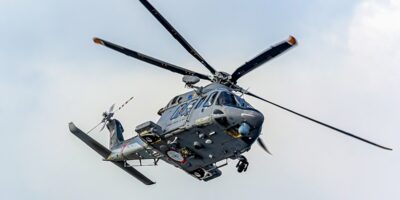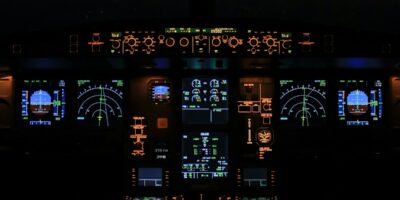What Different Reports TAAM Provides
The Total Airspace and Airport Modeler (TAAM) is a comprehensive simulation tool. It assists aviation professionals in planning and analyzing airspace and airport operations. This tool generates various reports that offer insights into different aspects of aviation management. Below are the primary reports TAAM provides.
Operational Performance Reports

Operational performance reports give detailed information about the performance of aviation operations. These reports measure efficiency, capacity, and other metrics. They include data on the utilization of airspace and airport capacity. Operational performance can be broken down into several categories:
- Delay Reports: Show the extent of delays incurred during operations. They help identify patterns and major contributing factors.
- Throughput Reports: Indicate the volume of aircraft movements, departures, and arrivals processed over a period.
- Flow Reports: Illustrate the flow of traffic in and out of the airspace, giving insights into traffic density and peak hours.
Environmental Impact Reports
Environmental reports analyze the environmental effects of airspace and airport operations. These reports emphasize the need to balance operational efficiency with environmental responsibility. Key reports include:
- Noise Contour Reports: Map out noise levels around airports and their impact on surrounding areas.
- Emissions Reports: Detail the levels of emissions produced by aircraft. This data is critical for assessing the environmental footprint of aviation operations.
- Fuel Consumption Reports: Show total fuel used within a given timeframe, assisting in the development of more fuel-efficient strategies.
Safety and Risk Analysis Reports
Maintaining safety and minimizing risk are critical in aviation. TAAM provides reports that focus on potential safety issues and risk elements. These reports include:
- Conflict Detection Reports: Identify potential conflicts in air traffic that could endanger safety.
- Incident Reports: Document any incidents or near-misses that occurred. Help in understanding and mitigating risk factors.
- Separation Assurance Reports: Show how well aircraft are being maintained safely apart from one another, reducing collision risks.
Economic and Cost Analysis Reports
For effective resource management, economic and cost analysis reports are vital. These reports provide insights into the financial aspects of airspace and airport management. They include:
- Cost-Benefit Analysis Reports: Evaluate the financial benefits versus the costs of different aviation strategies or infrastructure projects.
- Resource Utilization Reports: Market the use of resources like ground staff, equipment, and facilities, ensuring optimal efficiency.
- Revenue Reports: Indicate the revenue generated from different operations, offering a financial performance snapshot.
Scenario Analysis Reports
TAAM allows users to explore different what-if scenarios. Scenario analysis reports offer insights based on simulations of various hypothetical situations. Types of scenario reports include:
- Capacity Expansion Reports: Show the effects of expanding airport capacity on operations and throughput.
- Traffic Diversion Reports: Assess the impact of diverting flights to alternative routes or airports.
- Infrastructure Development Reports: Explore the implications of new infrastructure projects, such as runway extensions.
Passenger Experience Reports
Improving the passenger experience is a goal of any airport or airline. Reports focusing on passenger experience include:
- Queue Time Reports: Measure the time passengers spend in various queues, such as check-in or security.
- Service Quality Reports: Assess the quality of services offered to passengers, based on various performance indicators.
- Passenger Flow Reports: Track passenger movement through the airport, identifying bottlenecks and areas for improvement.
Technical and Maintenance Reports
Technical and maintenance reports help manage the upkeep and functionality of aviation equipment and infrastructure effectively. These reports include:
- Maintenance Schedule Reports: Outline planned maintenance activities, ensuring timely and efficient upkeep.
- Equipment Performance Reports: Track the performance of key equipment, helping spot potential issues before they become critical.
- Technical Incident Reports: Document technical issues that arise, providing a basis for investigation and resolution.
TAAM offers these reports to help stakeholders make informed decisions. The data and insights derived from TAAM reports drive improvements in efficiency, safety, and overall management of aviation operations. This reporting capability is crucial for optimizing both airspace and airport performance in a rapidly evolving industry.
“`



